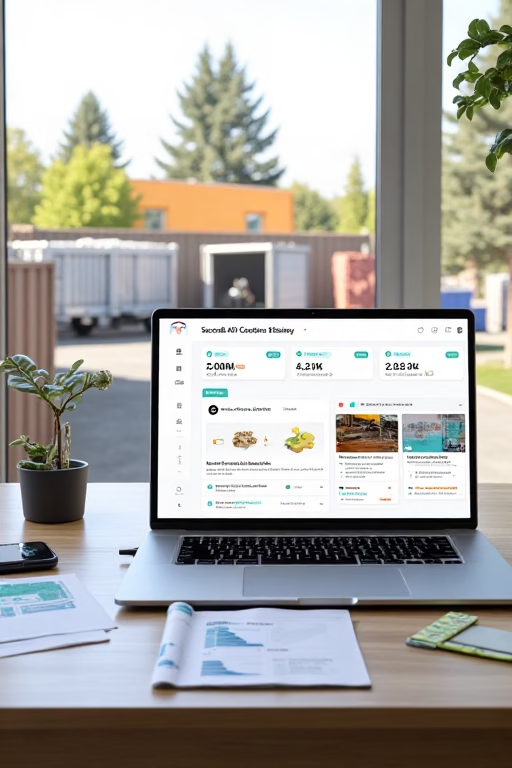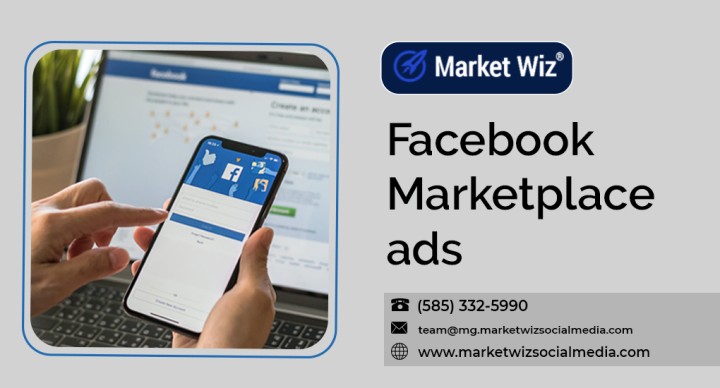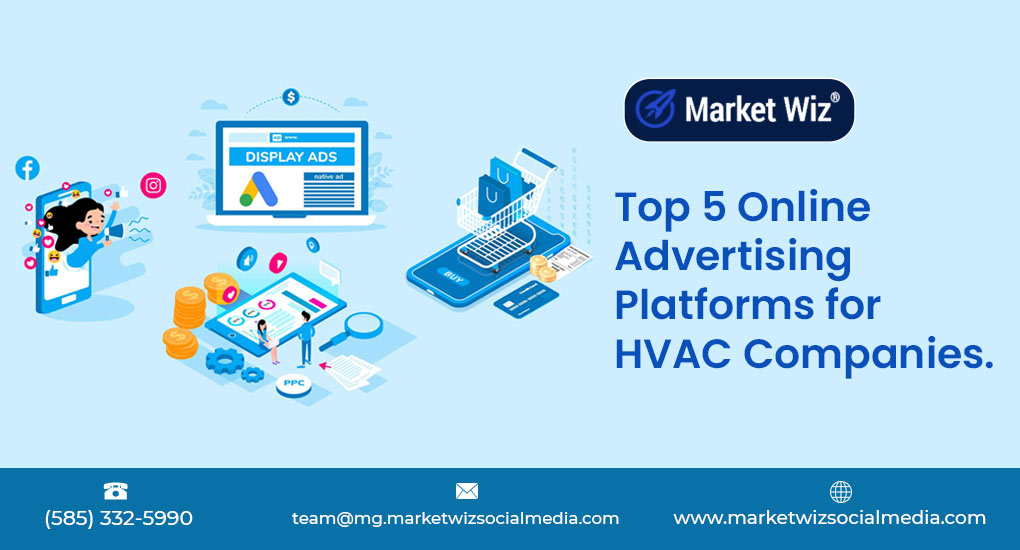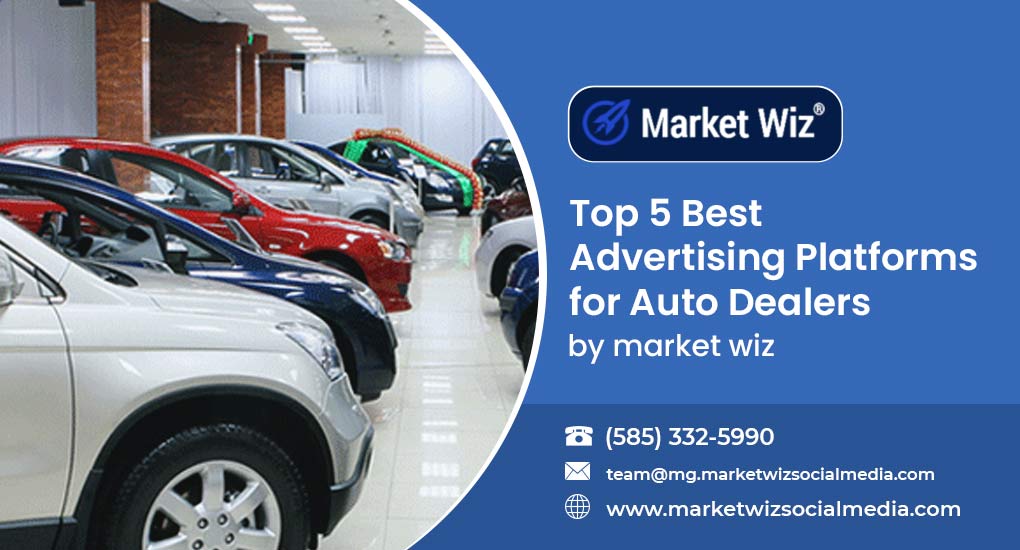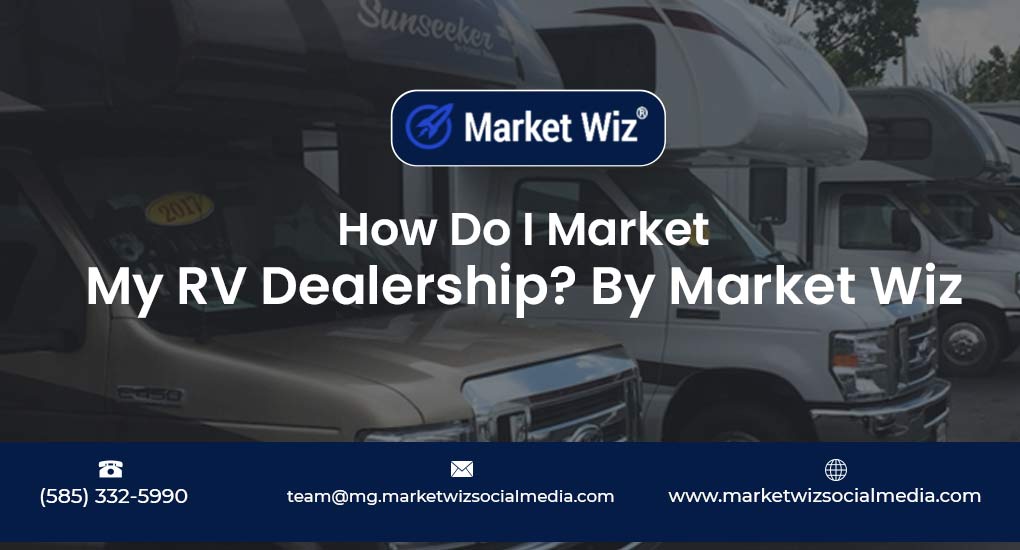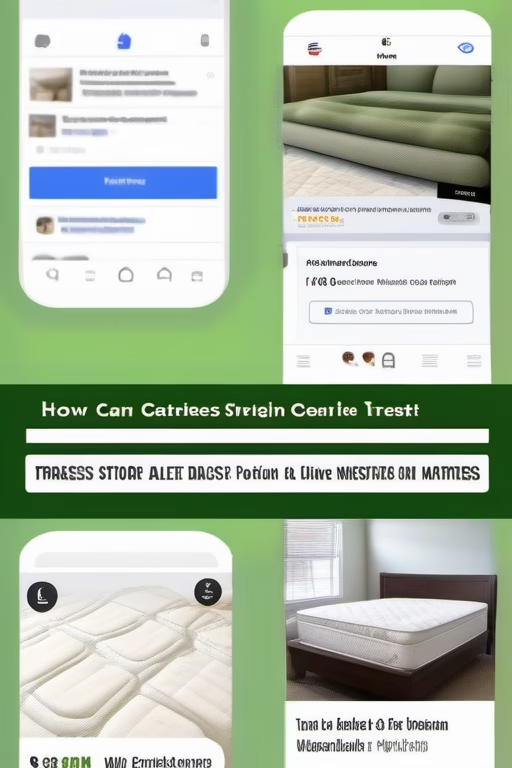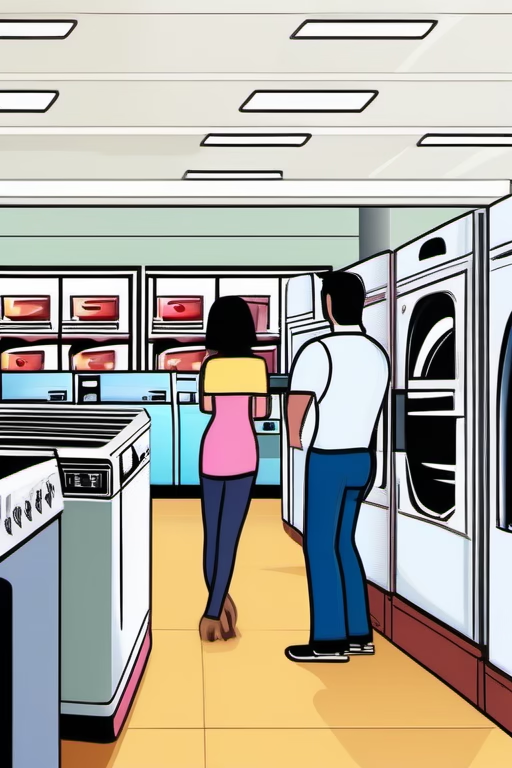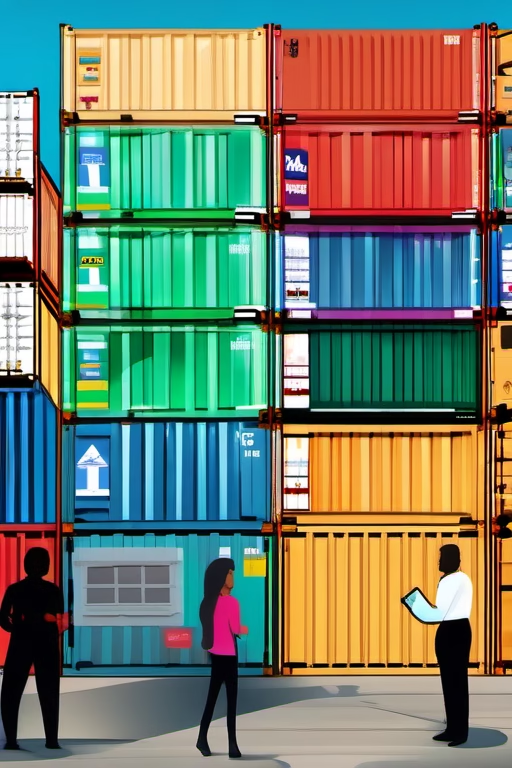The Exact Facebook Ad Strategy Successful Shipping Container Companies Use
From curious clicks to paid units, rentals, and delivered boxes—mapped, measured, and scalable.
Introduction
The Exact Facebook Ad Strategy Successful Shipping Container Companies Use is a precise, repeatable system. When your creatives spotlight 20 ft, 40 ft HC, and modified offices; your geo radiuses mirror truck routes; and your forms capture delivery ZIP + access photos, you’ll quote faster and win the job before competitors pick up the phone.
Educational guide only—follow Meta’s advertising policies, truth‑in‑advertising laws, weight/transport rules, property access requirements, and financing disclosures. Avoid housing/credit discrimination; don’t misrepresent container condition or certification.
Expanded Table of Contents
- 1) Why Facebook Ads Work for Containers
- 1.1 Local + time‑sensitive intent
- 1.2 B2B + homeowner mix
- 1.3 Visual proof beats specs alone
- 2) Strategy Overview: TOF → MOF → BOF Funnel
- 3) Audience Building & Targeting
- 3.1 Advantage+ Audience vs. detailed targeting
- 3.2 Custom & lookalike audiences (buyers, quotes, site traffic)
- 3.3 Geo‑fencing yards, ports, and delivery radius
- 4) Offer Architecture: Buy, Rent, or Modify
- 5) Creative System: Video, Reels, Carousel, UGC
- 6) Campaign Structure & Naming
- 7) Budgets, Bidding & Optimization Windows
- 8) Pixel + Conversions API + Offline Events
- 9) Landing Pages vs. Instant Forms (with Fields)
- 10) AI Follow‑Up, SMS/Email & Quote Speed
- 11) Pricing, Fees & Delivery Disclosures
- 12) Creative Calendar & Content Ideas
- 13) KPIs & Dashboards that Matter
- 14) 30–60–90 Day Rollout Plan
- 15) RFP Checklist for Agencies & Tools
- 16) Troubleshooting & Optimization
- 17) 25 Frequently Asked Questions
- 18) 25 Extra Keywords
1) Why Facebook Ads Work for Containers
1.1 Local + Time‑Sensitive
Projects need storage now: remodels, farm supply, jobsite offices, events, retail overflow. Meta’s reach + local delivery windows close the gap quickly.
1.2 B2B + Homeowner Mix
Contractors, schools, farms, municipalities, and homeowners all browse the same feeds—your creative and offers should speak to each use case.
1.3 Visual Proof
Show crane drops, tight access deliveries, and before/after office conversions—proof beats paragraphs.
2) Strategy Overview: TOF → MOF → BOF Funnel
- TOF (Awareness): Reels/video with “what fits in a 20 ft vs. 40 ft HC,” crane shots, and use‑case demos. Optimize for video views/landing page views.
- MOF (Consideration): Carousel of in‑stock units, price ranges, delivery map, and quote CTA. Optimize for leads or messages.
- BOF (Conversion): Instant form with delivery ZIP + access photos; or landing page with quote calculator and deposit link.
3) Audience Building & Targeting
3.1 Advantage+ Audience vs. Detailed Targeting
Start broad with Advantage+ Audience and let conversion signals train the model; use exclusions for irrelevant interests. Layer detailed targeting only to solve spend efficiency issues.
3.2 Custom & Lookalikes
- Custom audiences: site visitors (last 30/180 days), quote starters, add‑payment/deposit, purchased/delivered.
- Lookalikes (1–3%) from paid orders and approved quotes; test stacked geos.
3.3 Geo‑Fencing
- Map your yard/port locations and realistic delivery radius (e.g., 75–150 miles).
- Exclude counties with restricted access or low margin routes.
4) Offer Architecture: Buy, Rent, or Modify
- Buy: one‑trip vs. used; 20/40/40HC; wind/watertight vs. cargo‑worthy; add doors/windows/insulation.
- Rent: month‑to‑month storage with pickup; damage waiver disclosure.
- Modify: office kits, roll‑up doors, electrical packages; show timeline and example pricing.
5) Creative System: Video, Reels, Carousel, UGC
- Carousel: 20 ft, 40 ft HC, used vs. one‑trip, office conversion, delivery map.
- Reels: time‑lapse crane lifts; tight‑access delivery; “what fits” packing guides.
- UGC: customer walk‑throughs; farmer storage; jobsite office tour.
- Copy framework: Problem → Proof → Price‑range → Next step.
- CTAs: Get Quote, Check Delivery, Message Us.
6) Campaign Structure & Naming
Account
└── C1_TOF_VideoViews_Broad
└── C2_MOF_Leads_AdvPlus
├─ A1_Carousel_In‑Stock
└─ A2_Reels_DeliveryProof
└── C3_BOF_Leads_InstantForm_Geo75mi
├─ A1_Lookalike_Orders_1‑3%
└─ A2_SiteVisitors_30d
Naming: {Funnel}_{Objective}_{Offer}_{Geo}_{Date}
7) Budgets, Bidding & Optimization Windows
- Start CBO with 60–70% budget to MOF/BOF; TOF supports learning and retargeting volume.
- Optimize for Completed Lead or Schedule events; switch to cost cap when volume stabilizes.
- Learning phase guardrail: aim for 50+ conversions per ad set per week.
8) Pixel + Conversions API + Offline Events
- Implement Pixel + CAPI (server‑side) for Leads, Schedule, PaymentInitiated, Purchase.
- Upload offline events (invoices/deliveries) weekly to close the loop on ROAS.
- Deduplicate events and test with Meta’s diagnostics.
9) Landing Pages vs. Instant Forms (with Fields)
| Field | Why |
|---|---|
| Delivery ZIP + city | Route feasibility & fee estimate |
| Length (20/40/40HC) | Inventory match |
| Condition (one‑trip/used) | Price credibility |
| Use case (storage/office/farm/jobsite) | Relevant creative/follow‑ups |
| Access photos | Forklift/crane decision |
| Timeline (this week/soon/planning) | Prioritization |
Instant Forms remove friction; landing pages allow richer education. Test both, but keep forms clean and honest about pricing.
10) AI Follow‑Up, SMS/Email & Quote Speed
Day 0 (≤60s)
"Thanks for your interest! Two delivery windows: Wed 2–4 or Thu 10–12. ZIP & access photo help with pricing."
Day 1
"Quote attached with one‑trip vs. used options + delivery fee range. Questions I can answer now?"
Day 3
"60‑sec video: how delivery works (forklift/crane). Want me to hold Fri 10–12?"
Day 7
"Inventory refresh: 3 units in your size just arrived. Want a written hold?"
11) Pricing, Fees & Delivery Disclosures
- Show ranges for one‑trip vs. used; list what’s included (doors, vents, paint none/optional).
- Disclose delivery distance fees, crane needs, and site prep expectations.
- Never promise structural certification beyond provided documents.
12) Creative Calendar & Content Ideas
- Mon: Delivery time‑lapse (tight access). Wed: “What fits” packing guide. Fri: Customer UGC.
- Monthly: Case study (farm/jobsite/office), inventory highlight, depot tour.
13) KPIs & Dashboards that Matter
- CTR, CQL, Quote rate, Delivery‑scheduled rate
- Ad cost per delivered unit/rental
- Gross margin after delivery & fees
- Creative fatigue (frequency, holdout tests)
14) 30–60–90 Day Rollout Plan
Days 1–30: Foundation
- Install Pixel+CAPI; define events; set up offline events.
- Build instant form + landing page; map delivery radius and exclusions.
- Create creative library: crane, yard, used vs. one‑trip, office conversion.
Days 31–60: Momentum
- Launch TOF/MOF/BOF; test Advantage+ Audience vs. LAL 1–3%.
- Start AI follow‑up; set reply SLA ≤ 2 minutes.
- Publish storage/office case studies; add UGC permissions flow.
Days 61–90: Scale
- Shift to cost caps on stable BOF sets; expand geos tied to route capacity.
- Weekly creative refresh; prune low‑ROI segments.
- Standardize quotes; enable one‑tap approvals/deposits.
15) RFP Checklist for Agencies & Tools
- Proven container portfolio (buy/rent/modify) with geo results?
- Pixel+CAPI+offline events expertise and diagnostics?
- Creative production: crane/tight access, UGC rights, case studies?
- Lead handling: AI follow‑up, SMS/email compliance, quote SLAs?
- Reporting: CQL, delivery‑scheduled rate, margin per unit?
16) Troubleshooting & Optimization
- Low CTR: lead with delivery proof or price ranges; simplify copy; add map frame.
- High CPL/CQL: tighten geo, add access photo field, and test Instant Form “Higher Intent.”
- Many leads, few deliveries: faster follow‑up, explicit delivery fees, clearer access notes.
- Learning never exits: consolidate ad sets; pause low‑volume segments; expand creative variety.
Consistency, proof, and fast quoting power The Exact Facebook Ad Strategy Successful Shipping Container Companies Use.
17) 25 Frequently Asked Questions
1) What is The Exact Facebook Ad Strategy Successful Shipping Container Companies Use?
A three‑layer funnel (TOF/MOF/BOF) with Advantage+ Audience, geo radius targeting, instant forms, Pixel+CAPI tracking, and AI follow‑ups to book deliveries.
2) Should I optimize for Leads or Messages?
Test both. Leads suit quote workflows; Messages can capture photos and answer access questions quickly.
3) What radius should I target?
Mirror realistic delivery routes (often 75–150 miles) and exclude low‑margin regions.
4) Do Instant Forms hurt lead quality?
They can if too short. Add ZIP, size, condition, and access photos; use “Higher Intent.”
5) How much budget do I need?
Start where you can earn 50+ optimized events per week per ad set; scale with cost caps once stable.
6) What creatives convert best?
Crane/tight‑access delivery videos, used vs. one‑trip carousels, and simple price‑range graphics.
7) How do I price in ads without scaring people?
Use truthful ranges with what’s included; finalize quotes after ZIP and access review.
8) Can I retarget website visitors?
Yes—create 30/180‑day audiences; show inventory highlights and delivery windows.
9) How do I handle multiple yards?
Separate campaigns by yard or use dynamic creative with location overlays and distinct geos.
10) What events should I send via CAPI?
Lead, Schedule, PaymentInitiated, Purchase; include order value and route city if possible.
11) Should I use Advantage+ Shopping Campaigns?
Only if you maintain a catalog and online checkout; most container sales are lead‑to‑invoice.
12) Are Marketplace ads part of this?
Marketplace can assist, but Meta ad placements (Feeds/Reels/Stories) provide scale and optimization.
13) What’s a good CQL?
Often $25–$75 depending on market, inventory, and delivery distance.
14) How fast should we reply?
Inside two minutes. Use AI autoresponders after hours with real delivery windows.
15) How do I prevent spam leads?
Require ZIP and access photos; throttle suspicious patterns and use lead filtering.
16) Can I advertise financing?
Yes—disclose APR/terms clearly; avoid implying guaranteed approval.
17) Is video necessary?
It dramatically improves CTR and trust—show your equipment and crews.
18) What copy length works best?
Short primary text (2–4 lines) + bullet specs + a clear CTA.
19) How often should I refresh creatives?
Every 2–3 weeks or when frequency > 3 and CTR drops.
20) Can I track delivered units back to ads?
Yes—upload offline events (invoice/delivery) to Meta; match on email/phone/time.
21) Do lookalikes still work in 2025?
Yes—seed them with recent purchasers or approved quotes; cap at 1–3% for quality.
22) Are broad Advantage+ Audiences safe?
Start broad; layer exclusions; monitor placement breakdowns for anomalies.
23) What landing page elements are must‑have?
Delivery map, price ranges, access checklist, gallery, and a fast quote form.
24) How do I scale beyond my main city?
Add adjacent geos tied to route capacity; confirm crane partners and delivery fees.
25) First step today?
Film a delivery proof Reel, build an instant form with ZIP/size/photos, and launch MOF/BOF with AI follow‑up.
18) 25 Extra Keywords
- The Exact Facebook Ad Strategy Successful Shipping Container Companies Use
- shipping container facebook ads
- container sales lead generation
- container rental marketing
- 20ft container ad creative
- 40ft high cube ads
- used vs one‑trip containers
- container office conversion ads
- crane delivery video ad
- tight access container delivery
- geo radius targeting containers
- instant form leads containers
- meta conversions api containers
- offline events container sales
- advantage plus audience local
- container quote calculator
- access photo lead form
- yard pickup container
- farm storage container ads
- jobsite office container ads
- retail overflow storage ads
- container delivery fees disclosure
- container modification marketing
- 2025 container marketing playbook
- service area zip container


